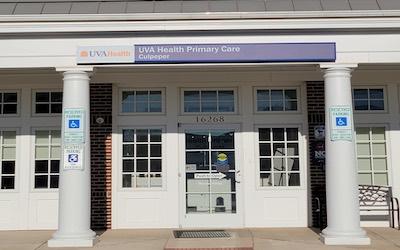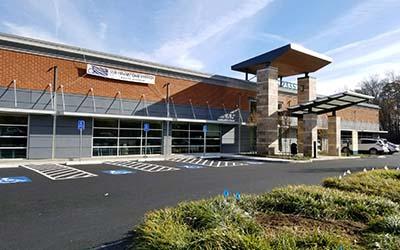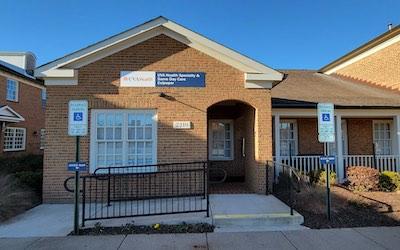What Is a Hysterectomy?
Make an Appointment
If you need a hysterectomy, you'll want to tap the expertise of the women's health experts at UVA Health. Our experts specialize in this procedure. They'll do the type of hysterectomy that's right for you. Learn more about the different types and what to expect.
What Is a Hysterectomy?
It's the surgical removal of the uterus (womb).
There are different types of surgeries, such as:
- Supracervical hysterectomy — removal of the uterus only
- Total hysterectomy — removal of the uterus and cervix (the opening of the uterus leading to the vagina)
- Radical hysterectomy — removal of the uterus, ovaries, fallopian tubes, upper part of the vagina and the pelvic lymph nodes
- Salpingo-oophorectomy — removal of the ovaries and fallopian tubes (may be combined with any of the above procedures)
Who Needs a Hysterectomy?
You may need a hysterectomy if your uterus is causing health problems that can't be treated by other means. A woman may need a hysterectomy to:
- Treat cancers, such as uterine, endometrial, and ovarian cancers
- Remove uterine fibroids
- Treat chronic pelvic pain and heavy bleeding
Open Abdominal Hysterectomy
Your surgeon makes a cut in your lower abdomen to cut the tissues and tie off the blood vessels that surround the uterus, before removing the uterus.
Next, your surgeon sews the tissue back together and closes the skin with stitches or staples. If your surgeon must remove your cervix, you will also have stitches put in the back of your vagina.
Average hospital stay: 3-5 days
Vaginal Hysterectomy
This method does not involve any outside incisions.
We offer same-day, less-risky options for performing a hysterectomy.
We can do a vaginal hysterectomy in 1-3 hours. This method results in less pain, shorter recovery times, and fewer risks than an open, traditional operation.
Learn more about minimally invasive gynecologic surgery.
What Is Hysterectomy Recovery Like?
With each procedure, you'll receive vaginal packing (sterile gauze) that your surgeon removes after 1-2 days.
While you are recovering at the hospital, you may receive the following care:
- Your care team may instruct you to sit up in bed and to walk a short distance.
- You may have your IV removed the next morning.
- You may need to wear special stockings or boots to help prevent blood clots.
- You may have a catheter to help you urinate.
Healing at Home
During the first few days, you may have pain, bloating, vaginal bleeding and vaginal discharge.
When you return home, do the following to help ensure a smooth recovery:
- Take proper care of the incision site to prevent an infection.
- Ask your doctor about when it is safe to shower, bathe or soak in water.
- During the first two weeks, rest and avoid lifting.
- Slowly increase your activities.
- To promote healing, eat a diet rich in fruits and vegetables. Ask your doctor if you need to take iron.
- Ask your doctor when you can use tampons. Also ask about Kegel exercises.
- Wait six weeks before resuming sexual activity.
Recovery from open abdominal hysterectomy usually takes 6-8 weeks.





































